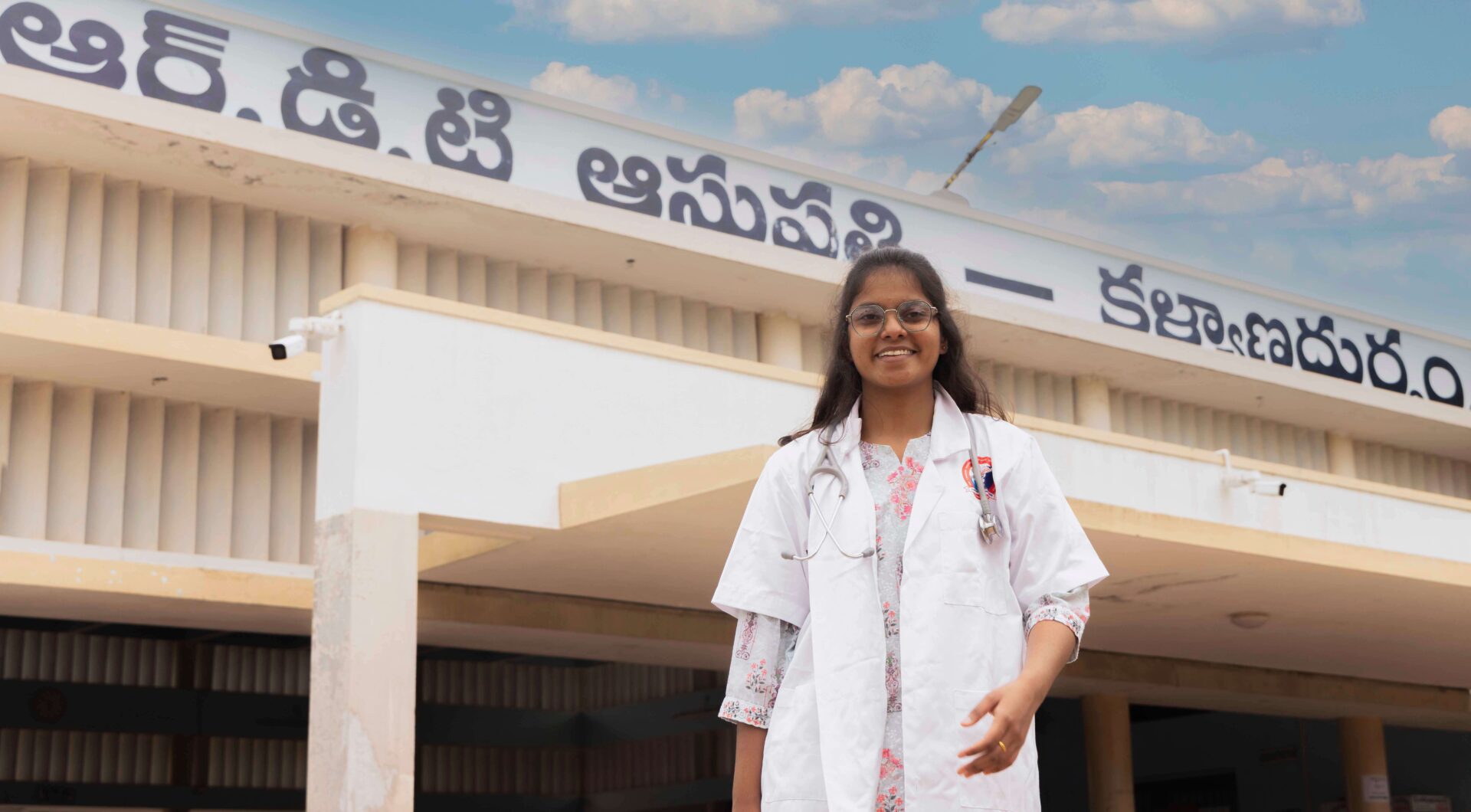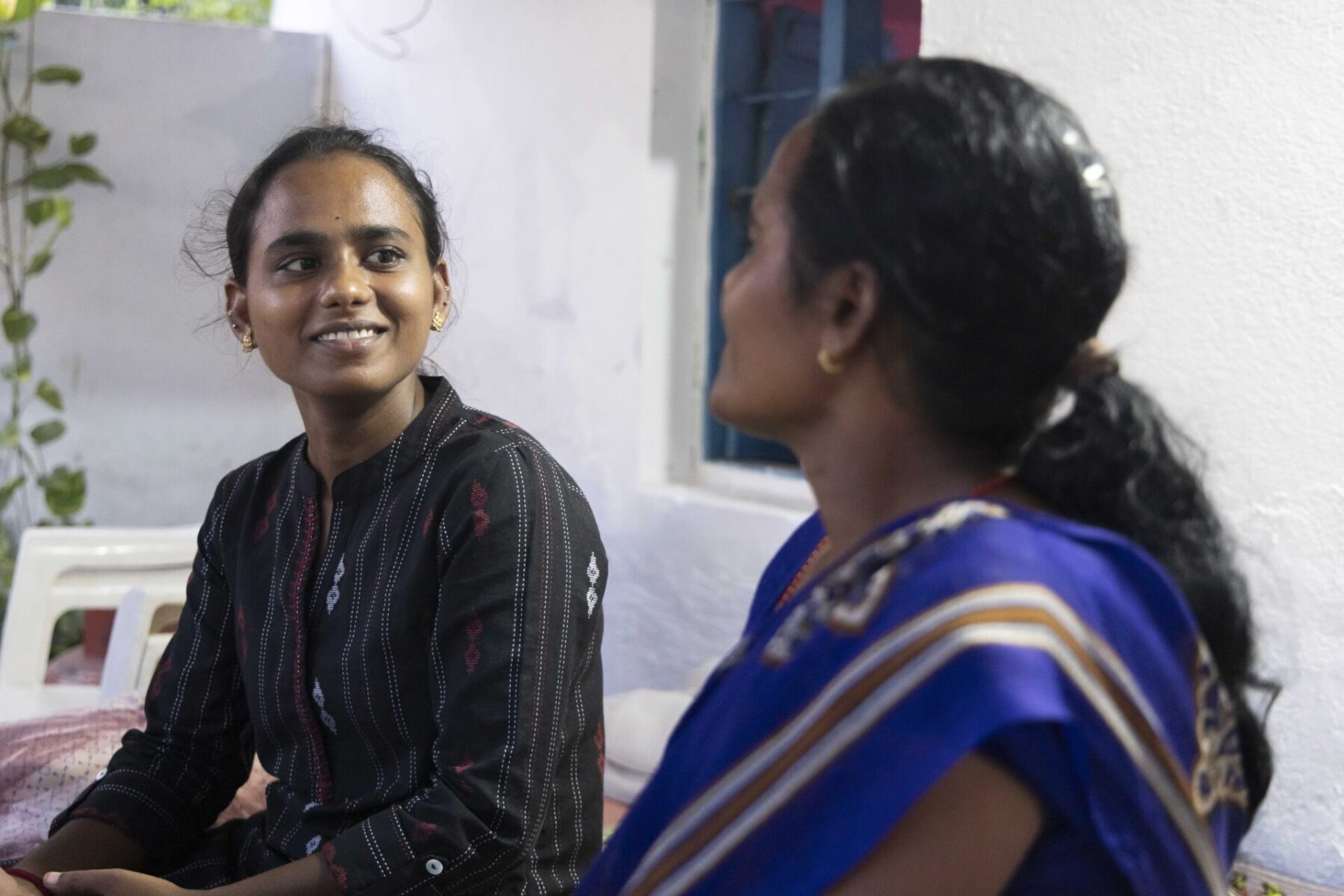In our society, people with disabilities often face many forms of discrimination. They are socially isolated which leads to a lack of awareness regarding the existing resources and schemes by the government for them. This is where RDT steps up and tries to bridge this gap so that people with disabilities can access their rights.
25 years ago, in our journey of creating equitable access for people with disabilities, we were joined by a Bangalore based organisation- Mobility India (MI). We along with Mobility India, identify the barriers that people with disabilities face in everyday life and try to approach them with alternative solutions. Recently, RDT and MI in collaboration with WHO (World Health Organisation) conducted trainings for implementing the application of absorbent continence products with an aim to strengthen access to community level assistive technology.
In conversation with Ritu Gosh, a professional Prosthetist and Orthotist who is also the Academic Director of Mobility India shares some insights and anecdotes of this long-standing association.

You have been associated with the RDT for quite a while now. Tell us about your experience of working with RDT.
Mobility India (MI) and RDT has been associated for the last 25 years. RDT is one of our key partners, who has also played a role in MI’s growth and helped us in reaching out to people. I can say that together we have positively impacted people’s lives. We provide technical support in developing and strengthening assistive technology including prosthetics, orthotics and walking and mobility aids service provision programme of RDT. I am a professional Prosthetist and Orthotist and it is rare for women to advocate assistive technology at a community level. When I first started, I was fortunate to have begun this with RDT.
Working with RDT and its committed and fabulous team at all levels is the best part of my professional journey. The humility and analytical skills of DID Director Mr Dasarath have been an inspiration for me. I feel I have grown with the organization. I am also grateful to the team members who have retired and are still working for the cause with us.

In your experience, what are the challenges that you faced while introducing assistive equipment?
It is an interesting as well as a challenging experience to introduce assistive technology at the community level. Awareness about assistive technology or types of equipment is the key. Currently, I will identify two major challenges. Awareness about assistive technology requires specific expertise and exclusive training for the workforce. However, the trained workforce at primary level are usually not available or even if it is, the service delivery is seldom satisfactory. This obstacle is faced in most rural places. Introducing new technology to people in rural places without sufficient trained staff is a major challenge. The other is, there is always a chance that a family member of a user might not accept the technology.
Are there any stigma attached with the assistive devices? If yes, then what are those and how do you prepare to overcome those?
Stigma is one of the prominent barriers in the provision and continued use of assistive devices. The magnitude of it differs depending on the type of disabilities, type of assistive devices used, family and community support, gender, age etc. In my view, it begins with the family. The stigma projects itself from the negative attitude of extended family and community. Parents feel shame and keep their children at home, excluding them from society and depriving them of all they deserve including accessing AT services. However, RDT and MI are involved in creating awareness of the need and importance of AT along with the community-based initiatives that provide relevant information in understanding AT. This helps us in addressing and tackling the existing stigma as well.

How do you identify the need for a specific assistive product?
The workforce involved in AT service delivery is trained to assess the users and prescribe and select the suitable assistive product that addresses the individual needs and train them in using and maintaining it.
Would you like to share a story that really touched you and modified your perspective?
I would like to share a story of a 20 years old girl from Raptadu Mandal in Anantapur district, who became my source of learning. She has been receiving regular assistive services from RDT, including a wheelchair that helps in her mobility in the house. In our recent visit to her house, I realised her needs for assistive devices has changed with growing up. Sai expressed her desire to have a modified scooter so that she can go to college, meet her friends and not be dependent on her brother and father for movement. Moreover, she and her mother are also worried about her urine incontinence issue. Due to this she is unable to sleep at night and is confined to her house. The problem is that the urine incontinence issue is not discussed openly in households especially in rural places. It was then that I understood that a person’s needs change for different bodily functions as they grow older. At present, she has been provided with a washable absorbent product, a type of assistive device that will help her out with the management of urine inconsistency.

What IEC tools (information, education and communication) are employed?
Various IEC tools are used like presentations, Videos, and brochures and recently in collaboration with WHO, RDT and MI are using TAP (Training in Assistive products) online modules, where the staff working at primary level could access and benefit from accessing these tools.
Text: Dyuti Khulbe/RDT







